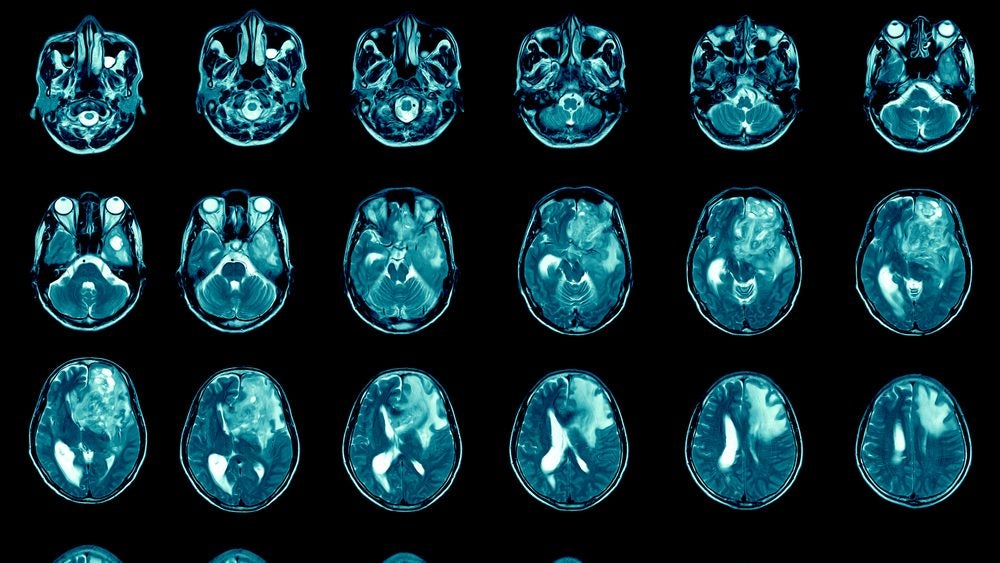Seattle-based device company EMulate Therapeutics has announced that a study proving the effectiveness of its radiofrequency energy device in mouse models of glioblastoma (GBM) has been published.
The EMulate Therapeutics Voyager devic uses ultra-low radiofrequency energy (ulRFE) to modulate intracellular activity in GBM patients. The investigational device employs silicone over a moulded coil to deliver oscillating magnetic fields, which are thought to interact with and disrupt cellular targets. These fields are derived from the magnetic fluctuations of solvated molecules.
Titled “Ultra-Low Radiofrequency Energy (ulRFE) Device in Murine Model of Glioblastoma”, published in the BMC Bioelectronic Medicine journal, the study tested the effectiveness of the emulation of EMulate’s ulRFE signal of paclitaxel, and the immune checkpoint inhibitor ulRFE signal targeting immune checkpoints CTLA-4 and PD-1 in a mouse GBM model.
Mice injected with glioma cells were treated with one of two ulRFE cognates, A1A, inspired by paclitaxel, a type of chemotherapy, or A2, based on murine siRNA targeting immune checkpoints CTLA4 + PD1. Mice that underwent treatments with either A1A or A2 exhibited significantly reduced tumour sizes when compared to the untreated cohort.
GBM is an aggressive cancer that grows in the cells of the brain or the spinal cord. GlobalData epidemiologists estimate 79,389 incident cases of GBM in 2023, which are expected to grow to approximately 87,000 cases by 2028.
“EMulate is also seeking to initiate a pivotal Phase III study in newly diagnosed GBM in the future and is also seeking FDA approval for treatment of diffuse midline gliomas (DMG), including diffuse intrinsic pontine gliomas (DIPG), via the Humanitarian Device Exemption pathway later this year based on encouraging compassionate use results in patients as well as encouraging pre-clinical study results in DIPG animal models,” said its CEO Chris Rivera in the 10 April statement.
The technology is also in pre-clinical testing and initial human testing for use in pain management and central nervous system disorders.
In April 2023, the US Food and Drug Administration (FDA) granted Breakthrough Device Designation for Innoblative Designs’ SIRA RFA Electrosurgical Device, a radiofrequency energy device designed for use in breast cancer patients undergoing a lumpectomy.









